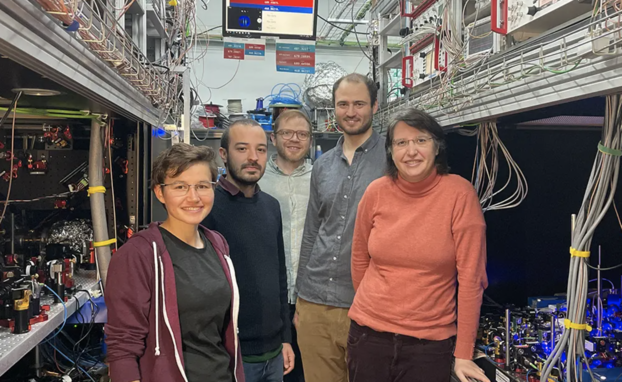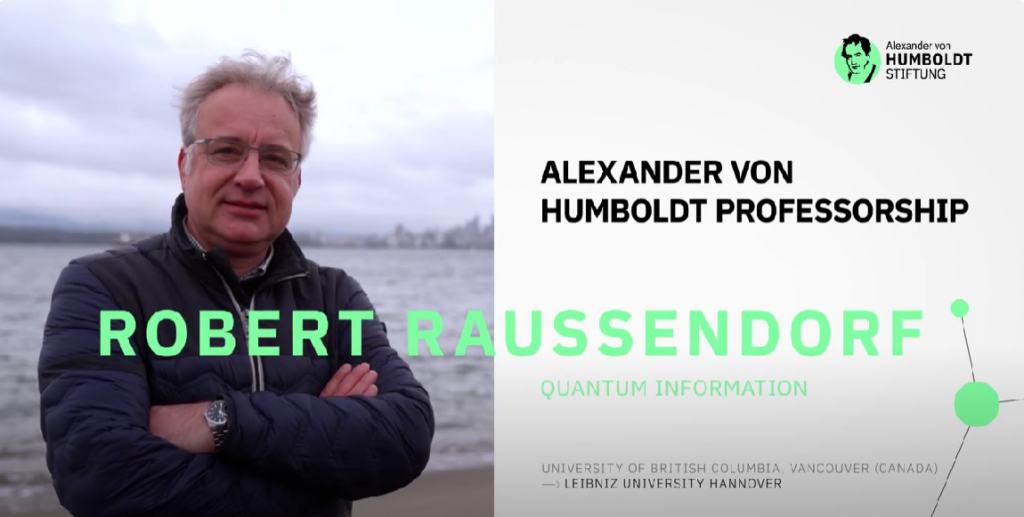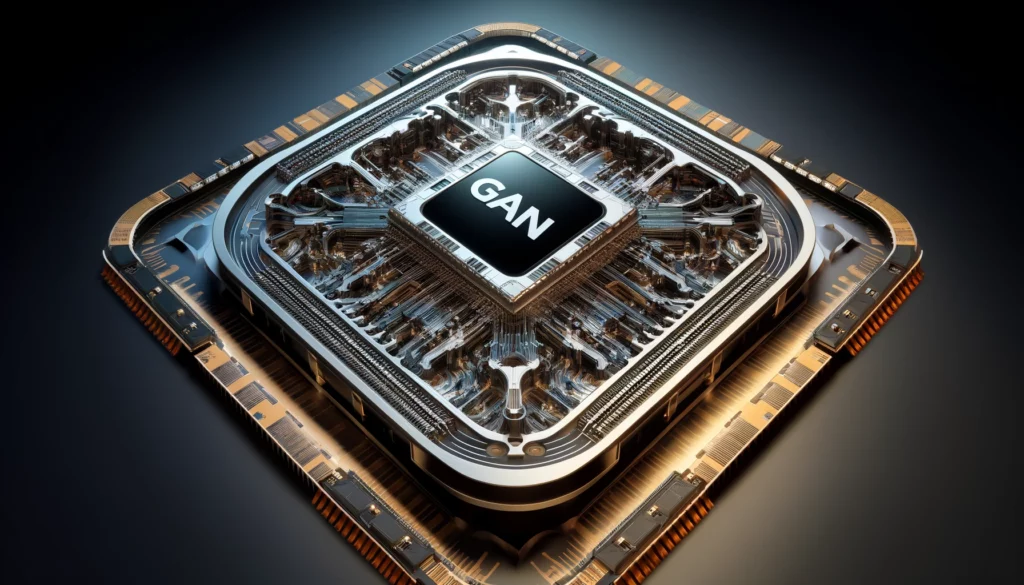Insider Brief
- A new algorithm enables quantum machines to learn from continuously flowing data streams, overcoming a major hurdle that has previously limited their applicability to dynamic real-world scenarios.
- Quantum memory is so fragile it is difficult to retain information long enough to process temporal data effectively.
- In theory, quantum computers could now learn from patterns and relationships within the data stream, even as individual bits fade away.
Researchers have achieved a significant advance in real-time quantum computing with the development of Noisy Intermediate Scale Quantum Reservoir Computing, NISQRC, according to a study posted on the pre-print server ArXiv. This novel algorithm enables quantum machines to learn from continuously flowing data streams, overcoming a major hurdle that has previously limited their applicability to dynamic real-world scenarios.
The key challenge addressed by NISQRC lies in the inherent limitations of current quantum hardware, according to the team of scientists from Princeton, IBM and Raytheon. Quantum memory is notoriously fragile, making it difficult for these machines to retain information long enough to process temporal data effectively. NISQRC cleverly leverages the existing leakage of information from qubits, the fundamental units of quantum information, to create a persistent memory within the system. This allows the quantum computer to learn from patterns and relationships within the data stream, even as individual bits fade away.
You could think of it as trying to decipher a long, complex message whispered in snippets. Classical computers struggle with such “streaming data,” their rigid brains needing the whole message before making sense of it and often require special techniques to overcome that limitation. You and I might need struggle to completely understand the message with this missing data, too. However, this new method offers a peek into a future where computers can learn as they listen, even with messy signals and limited attention spans.
In a successful demonstration, researchers implemented NISQRC on a 7-qubit quantum processor to tackle the task of equalizing a noisy wireless channel. The results were promising, showcasing the algorithm’s ability to learn the channel’s characteristics and improve signal quality on the fly.
The researchers write: “To leave no doubt that a persistent memory can be generated, we first compare the experimental results to numerical simulations with the same parameters, showing excellent agreement. Building on the reliability of numerical simulations in the presence of finite coherence and noise model, we demonstrate that successful inference can be made on a signal of 5000 symbols, the inference on which would require 500 lifetimes.”
This represents a significant step forward in bridging the gap between the theoretical potential of quantum computing and its practical application to real-time data processing.
The implications of NISQRC are far-reaching. This new capability opens doors to a wide range of potential applications, including advanced signal processing for telecommunications, real-time financial analysis, and even enhanced control systems for autonomous vehicles. While scaling up NISQRC to larger quantum systems and addressing more complex tasks remain ongoing challenges, this breakthrough marks a critical milestone in the development of practical, real-time quantum computing.
The ability to learn and adapt alongside dynamic data streams expands the horizon of what these powerful machines can achieve, paving the way for a future where quantum computing revolutionizes our approach to real-time data analysis and processing.
ArXiv is not an officially peer-reviewed journal, but allows researchers to post their findings and receive initial feedback.
For more market insights, check out our latest quantum computing news here.






















